I can not think of any school, college, or universities that offer courses in sports photography. There are a few photojournalism courses, but nothing that specialize in sports. Look at sports magazines and newspapers, and find out what you like, use them as examples. The best way to learn is to get out and shoot, make mistakes, and then make some more mistakes. If possible, look for a mentor.
Editors Note: This article is by guest author Perry Mah, a guy I’ve known for a long time. He’s been a photographer for the local paper covering sports, for as long as I’ve been doing photography, and then some. He knows his stuff, and he wants to share some of his tips for doing sports photography with you! – Darlene

Here some basic tips for sports photography – but before you start, know your basic photography skills and camera functions.
- Know your sport
- Study the sport, and know the rules.
The best tip I can give you is to go to practices. Pro players, as well as amateurs, have certain habits, learn them.
Timing is important, learn to anticipate the play.
Kids are more difficult, and hard to predict.
I like to follow one player and wait for the action to come to me. I like to shoot 2-3 frames of a play and try to get the peak action, again knowing the sport will help.
I do not shoot an excess amount of frames, and tend to more patient. Editing will take less time that way. Unless you have a deadline, don’t be afraid to shoot a lot.
The play of any sport will come to a certain point. A goal, net, finish line, or something. You can prefocus on that area and wait for action to happen.
Use this as one option, and don’t stay put in any one area, or you may miss the play somewhere else. Position yourself for the sport.

- Know the venue
- Public fields have good access, so know where your light is coming from and use it to your best advantage.
Know where you can go, ask the coaches or refs.
Grab a position where the action will come to you.
Check what background you will get.
Arenas are getting better with newer lighting, and better insulation that reflects light. Some sites however, still use sodium vapour bulbs. The colour temperature will change as the light will pulse. There is nothing you can do about it, just shoot more.
Look for the best spot to shoot.
Most arenas have netting that surround the entire playing area. That is no benefit for your photography.
I usually try to get on one of the players benches to get a clear view, just do not distract the players or coaches. Do not be a cheerleader if you get onto a bench.
- Get the right gear
- I like using a fast DSLR, and the right lens for the sport.
I know not everyone will have pro gear, but it’s not the a big barrier.
A longer lens is desirable for most field and arena sports, but depending on your position, a wide or a medium zoom (70-200mm) will work.
I like to use a fast shutter speed to freeze action.
Don’t be afraid to use high ISO, most modern cameras have excellent quality at ISO higher than 1600.
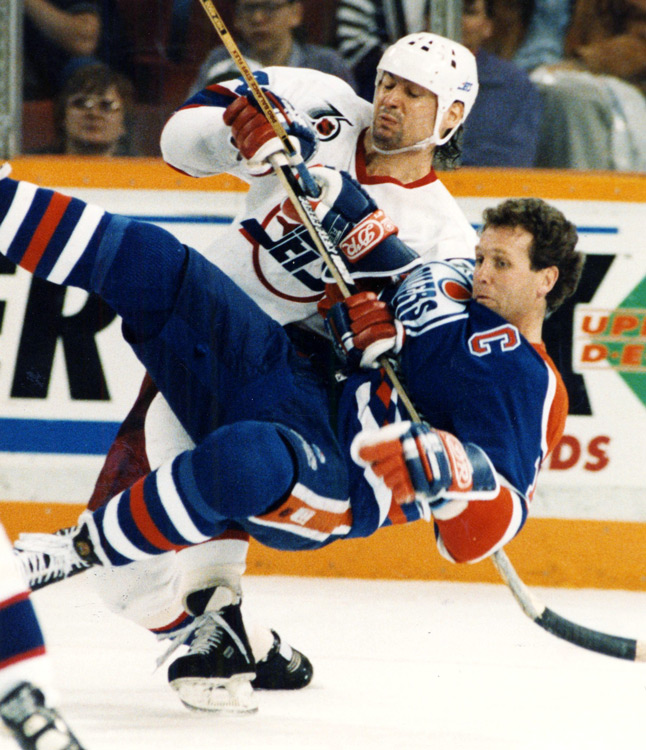
There is no way I could advise you on what gear to get, there are too many variables. I have used lenses covering from 15mm to 600mm for sports.
I have fast glass for most sports (lenses with large maximum apertures like f/2.8) but some ultra fast glass such as an 85mm f/1.2 or 35mm f/1.4 are not suitable. The elements in the lenses are heavy, and they are slower to focus.
Good glass has a longer lifespan than cameras.
I always believe that glass is the better investment in the long run, and has a better resale value than camera bodies.
A few stores in my city (check the ones in your area) will rent lenses, and I’m not sure of the cost, but it’s a great way to try something before buying, or just have for the occasional use.
Full vs Cropped Sensors
There is no difference between full and cropped sensors.
With cropped sensors you may think you are getting closer to the action but you using the same amount of sensor space in a full frame. Don’t worry about getting a full or crop sensor, consider a camera that focus quickly and accurately, has a good buffer for recording, and is sealed against the weather.
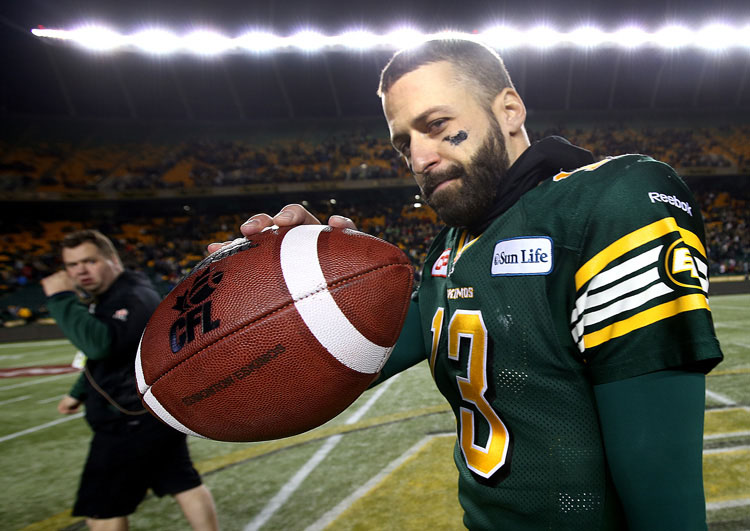
I am not a fan of using flash gear for sports.
They are very distracting to the players and the fans, but I have lit a arena and shot isolation shots of players in action.
I use mono-light flashes (off-camera) and set them to 1/4 power, or less, to have a short flash duration. This will help freeze action, and be less of a distraction. Flash will limit your shutter speed to the camera’s shutter sync unless you have a high speed system.
I do not recommend using flash on-camera.
- Shutter speed
- Use a fast shutter speed to freeze action.
I like to use 1/640th of a second or higher (faster). With long lenses, I use the largest aperture, there is little gain in depth of field with long lenses and smaller apertures.
A faster shutter speed will result in sharper images.
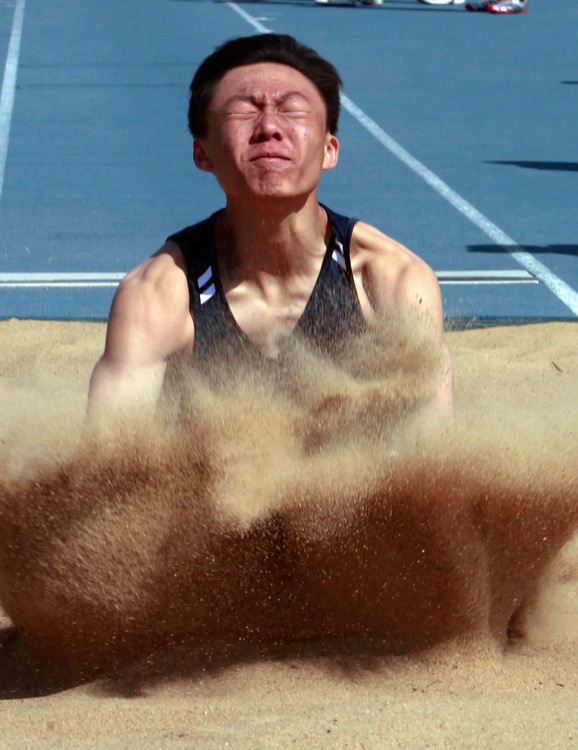
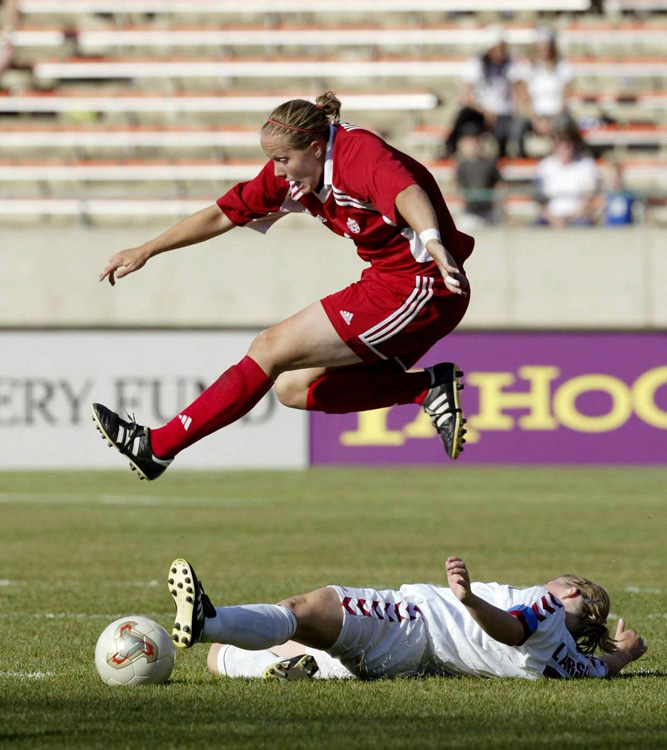
You can also use a slower shutter to show motion. Pan the action and shoot at 1/100th. The subject should be in focus and the background would be a blur. This takes practice, and a few trials before you get the shot. This could help if the background is boring or distracting.
- Look for a different angle
- Try shooting a sport from a different angle.
For example shoot a soccer or football game from turf level. Laying or sitting on the ground will make the players leaping in the air seem higher and more dramatic. This may hinder you from moving up and down the field and you may miss a shot, but the rewards can be worth it.
Shooting from the same level as the players gives the impression of being in the game.
Shooting from up high in the stands gives the photographer a view of the entire playing field.
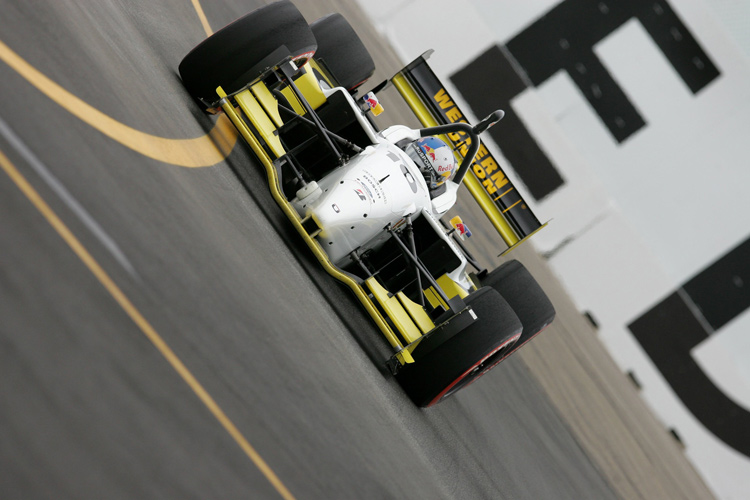
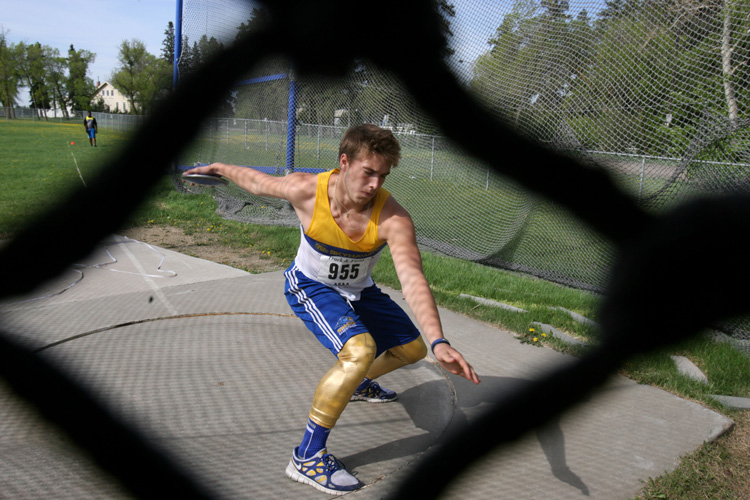
- Decide what to shoot and when
- Shooting action is only half of shooting sports.
Look for jubilation or dejection after a play or after the game. Look for the emotion of the sport.
Emotional images will make the front pages where action will be inside. Look for these shots on the field or court but remember to look on the sidelines.
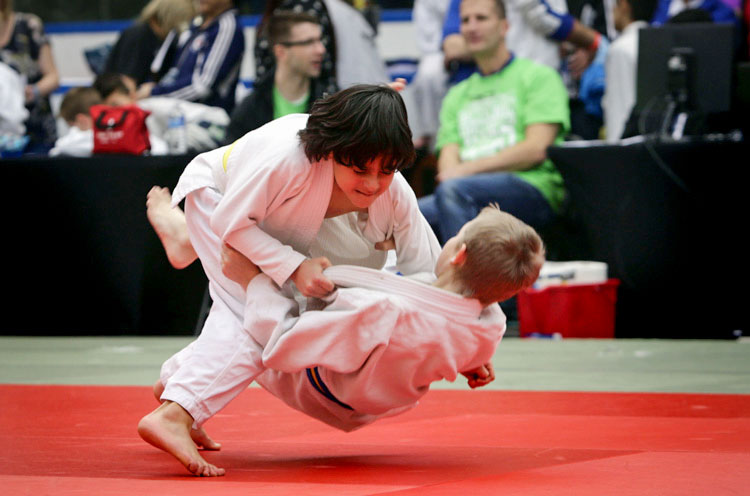

- Try not to get emotionally involved with the game
- Try to look and anticipate the play and time your shots.
Watching the game will throw you off.
If you see the play, you have missed the shot.
I have a hard time shooting my kids playing, but shooting professional teams is easy.
- Pay attention
- Expect the unexpected, don’t wait to shoot if you see something developing, shoot and check later.
Follow the star players, and you can’t go wrong. Star athletes get more play time and usually make the big plays.
Pay attention and see what is happening.
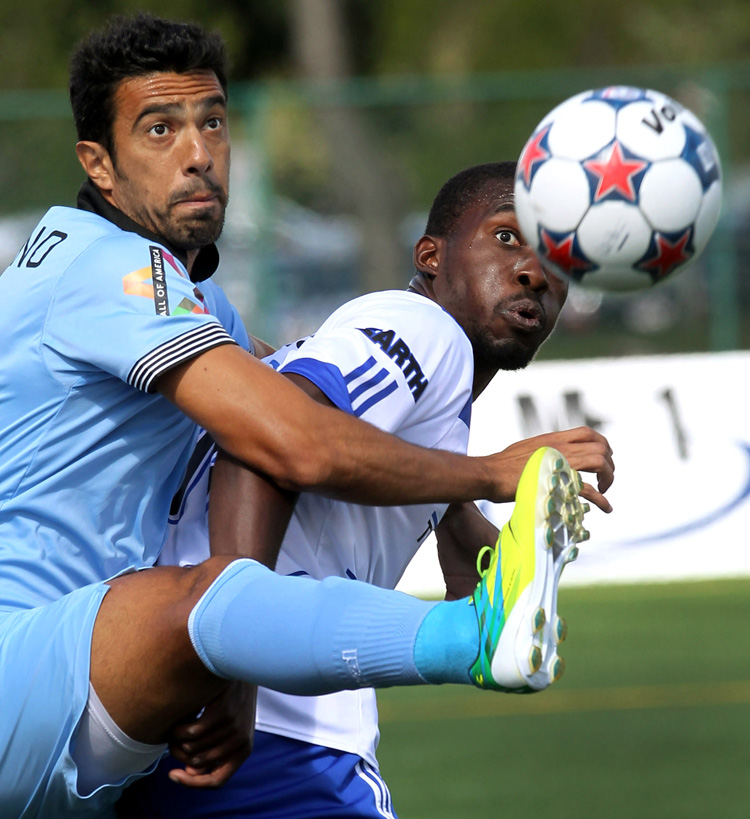
I look through the camera with my right eye, but I keep the left one open to watch things outside the view of the camera.
It’s a good idea to follow the ball during a play to get the peak action, but do not stick to that rule.
Stay with a player if you know you can get a good reaction shot. Again go to team practices – practice time for them, and practice for you.
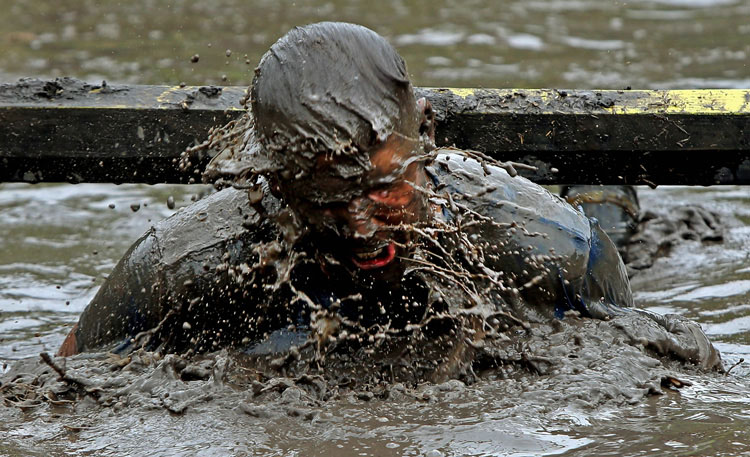

 I started in the news business in 1979 at the Edmonton Journal, to my current staff photographer position at the Edmonton Sun. My first big sports job was for Reuters when the Oilers made their Stanley Cup run. I didn’t know much at the time, and I didn’t own any long lenses. I borrowed a 300mm f/2.8 from my friend Bert Crowfoot and jumped in. After the first Stanley Cup, Reuters offered a stringer position to shoot all the Oiler home games. I have worked at Alberta Report along with a 15 year stint at Reuters. Through Reuters I have photos published in several countries and in magazines such as Sports Illustrated, ESPN, etc. I have shot most commercial sports from kids community teams to FIFA, NBA, NHL, CFL and so on.
I started in the news business in 1979 at the Edmonton Journal, to my current staff photographer position at the Edmonton Sun. My first big sports job was for Reuters when the Oilers made their Stanley Cup run. I didn’t know much at the time, and I didn’t own any long lenses. I borrowed a 300mm f/2.8 from my friend Bert Crowfoot and jumped in. After the first Stanley Cup, Reuters offered a stringer position to shoot all the Oiler home games. I have worked at Alberta Report along with a 15 year stint at Reuters. Through Reuters I have photos published in several countries and in magazines such as Sports Illustrated, ESPN, etc. I have shot most commercial sports from kids community teams to FIFA, NBA, NHL, CFL and so on.